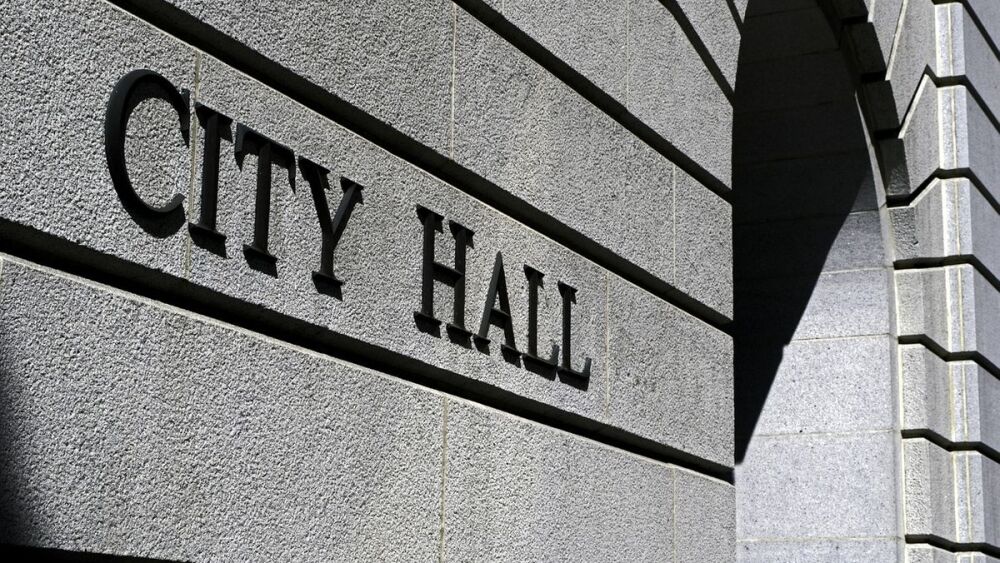The following question was recently posted on Quora:
“Why don’t cities and governments, who already plant trees, simply plant fruit-bearing trees to help with the food supply and welfare?”
Browse the expert opinions below:
I think there actually have been some interesting efforts to do this, in different localities.
In Berkeley, California (this was, I think, in the 1970s) there was an initiative to plant fruit trees along a major street in the city. I think the reason it faltered was because the unused, fallen fruit from the trees made it more difficult to clean the streets.
Alternative ideas:
Government or Private Groups Could Facilitate Harvesting of Unused Fruit Growing on Private Property
In Los Angeles there is a group that leads tours around residential areas of the city, where there are homes that have fruit trees that adjoin public property. These tours (cooperating with the owners of the homes), harvest in-season fruit from the trees.
Another thought: If there could be a way to encourage homeowners to donate the fruit (volunteers could pick it up), that could work.
Helping People Learn about and Pick Wild-Growing Edibles in Cities
There are unplanned situations where edible plants grow in cities, and people harvest them. Now, certainly, city governments could become involved in supporting people’s harvesting of these wild edibles:
- I was interested to see when I visited Seattle not long ago that there are blackberry bushes growing wild around the city and that you can grab handfuls of blackberries. I picked some myself when I was there (I’m still alive), and they tasted good. The people of Seattle I guess consider these to be a big nuisance and problem because the plants are invasive and hard to get rid of.
- When I was growing up in suburban Los Angeles, I would often see people harvesting mushrooms that grew on a strip of grass adjoining a busy street in my neighborhood. Of course, encouraging people to do that, without knowledge of what they’re harvesting, could create all sorts of bad consequences. The people I saw doing this, though, knew what they were doing, I’m pretty sure, so it’s not an insurmountable problem.
The highway medians in Florida and a number of other states are often broad, 50 feet or more wide. Planted in these medians you will see Oleander, a decorative but poisonous plant, that gets to be about 14 feet tall and about 50% large width.
Why poisonous ?
Because non-poisonous plants will serve as food for animals - raccoons, possums, and deer.
Deer are a serious auto safety hazard, responsible for a few hundred fatalities per year. The smaller animals can also cause damage to cars, and accidents with cars trying to avoid them.
****
The highway department also doesn’t want people walking around the medians collecting fruit, then crossing an active highway, or trying to enter 60 mph traffic from the median.
****
So fruit trees would be a huge liability and management issue for most local governments.
The small amount of fruit would not be worth the expense and effort.
Also, there is no food shortage in the U.S. The U.S. is a major food exporter in most categories, and is a low cost producer of a number of grains, such as wheat and corn. There are poor people who cannot afford food, but that is a different problem
If there was a huge food shortage in the US for some reason, we would see medians and park lands planted with crops, mostly short term crops.
There have been flat areas of airports planted with wheat.
That has the risk of attracting birds, which pose a danger to aircraft.
Guerrilla gardeners do these types of projects, I think rather successfully. The government is not in the hungry-people-feeding business; when they plant trees they want to beautify a place, not attract “the great unwashed.” It is a NIMBY thing. That said, there is no good reason not to plant fruit and nut bearing trees except that most people don’t really see them as a food source. I see oaks all the time, but I never see people going around collecting acorns (which can be eaten, if not preferred).
I wanted to point out that fruit trees do take a lot of care, but some nut trees - Walnut (Juglens), Chestnut (Castanea), and Yellowhorn (Xanthoceras) - are very low-maintenance. The suggestion to organize picking parties and educational activities around these trees is a wonderful idea, and would take care of all the work required for these trees - namely, harvesting. But never fear; if you don’t harvest, you’ll have some very happy squirrels.
- Fruit trees need more care otherwise they will not bear any fruit, thus defeating your purpose.
- Fruits attract pests and also humans. And wherever there are humans, there will be littering. So, the cities will have an additional job to clean that stuff (they are already trouble cleaning all the dead leaves and the chewing gums).
- Fruits also add to the littering.
- Fruit-bearing trees are more likely to be attacked by humans (because of the fruits) and as a result will not have a long life. We, humans, are known to destroy our environment.
The main idea of planting trees is to beautify and to give something back to the environment. Planting fruit-bearing trees defeat the purpose.











